Behold, the clearest ever image of a star’s surface and atmosphere
3. First, view the moon. When you start to stargaze, you'll want to watch the phase of the moon carefully. If you want to see deep-sky objects inside our Milky Way galaxy - or outside the.
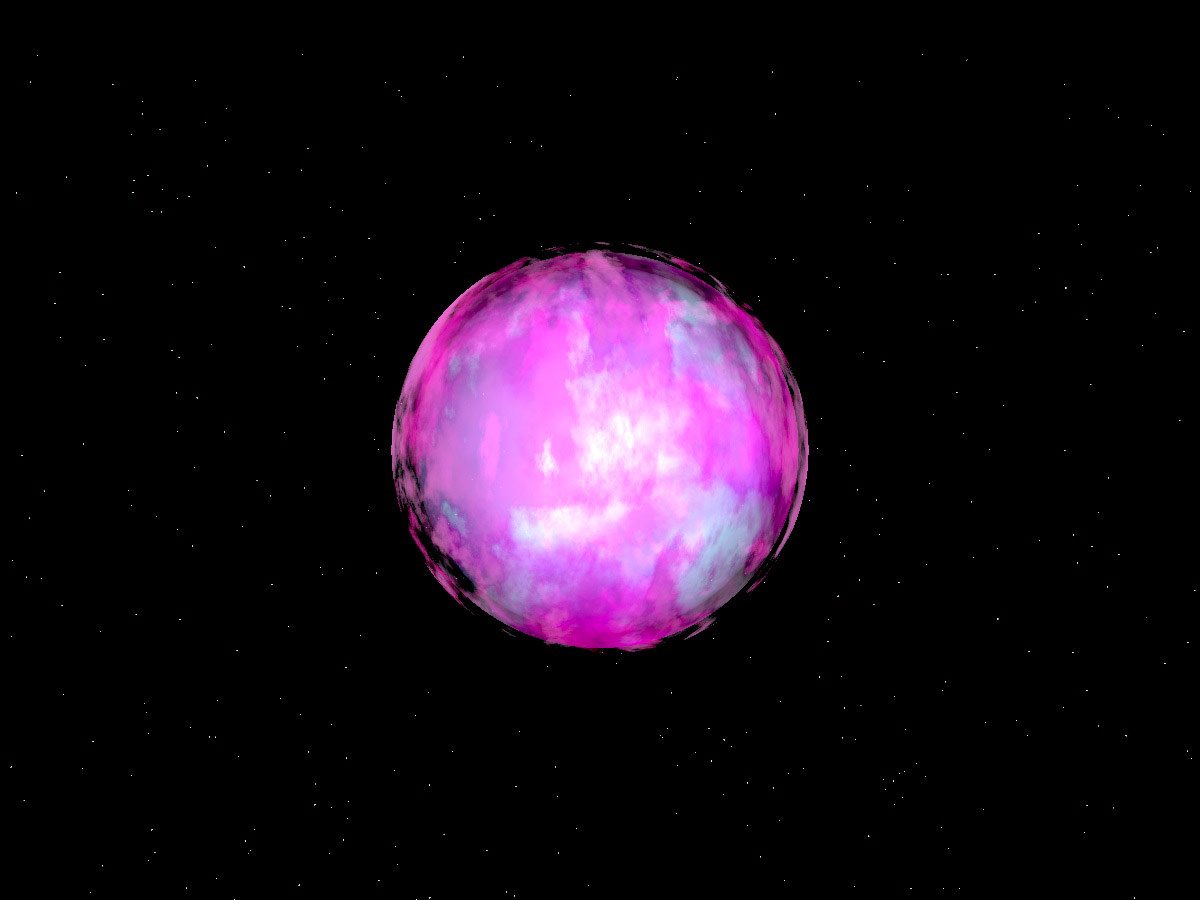
Astronomers Discover Unusual Stars with Extremely High Concentrations
What does a star look like up close? What are they really? What do you think? Part of the magic that makes our reality / vibrations possible? 🤔
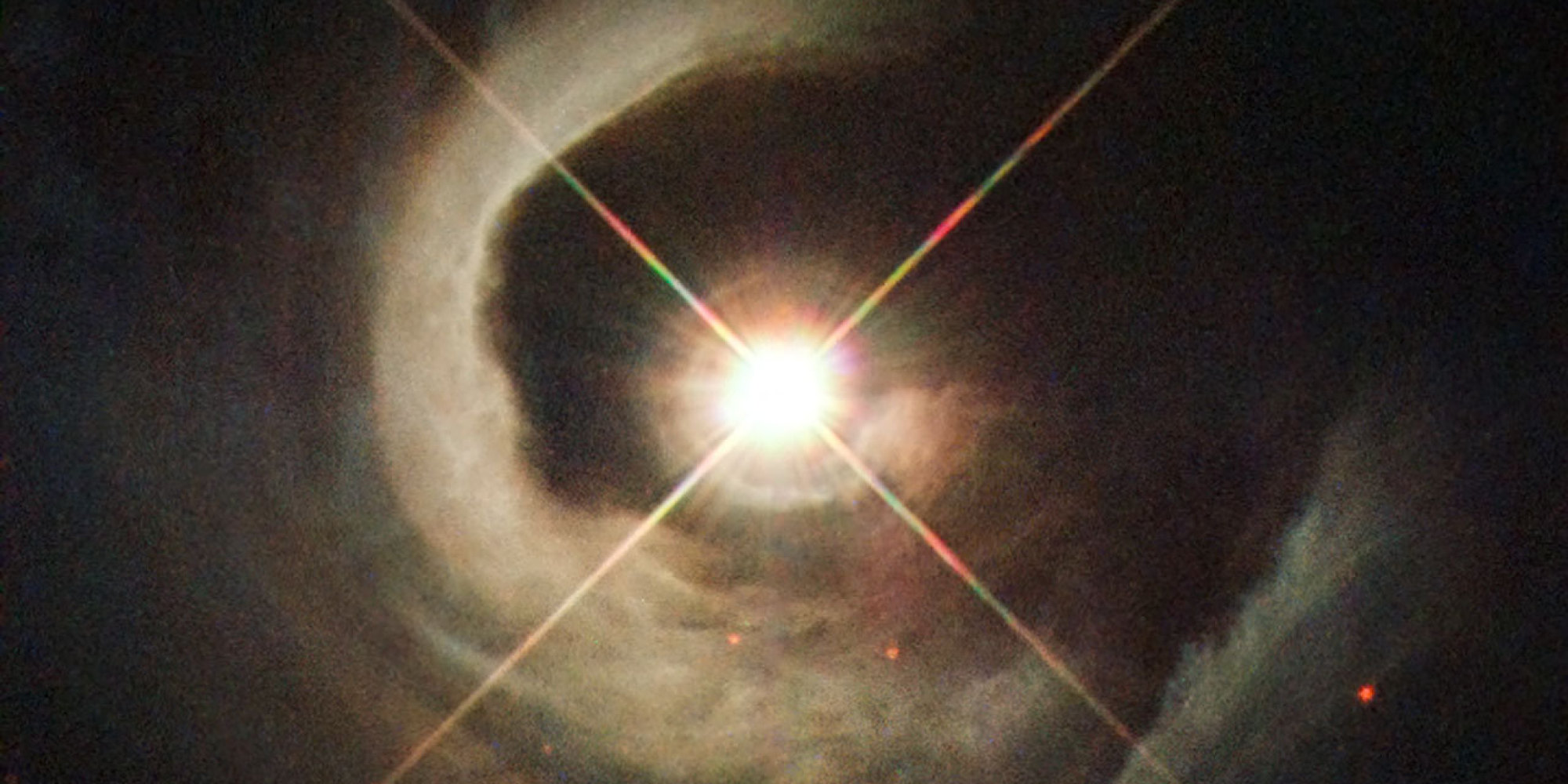
Hubble Captures Breathtaking Image Of Young Star HuffPost UK
Nikon P900 Zoom-in to see what a rainbow star REALLY looks like!Source & embed code: https://rumble.com/v3sptl-what-a-star-really-looks-like.html.For licensi.
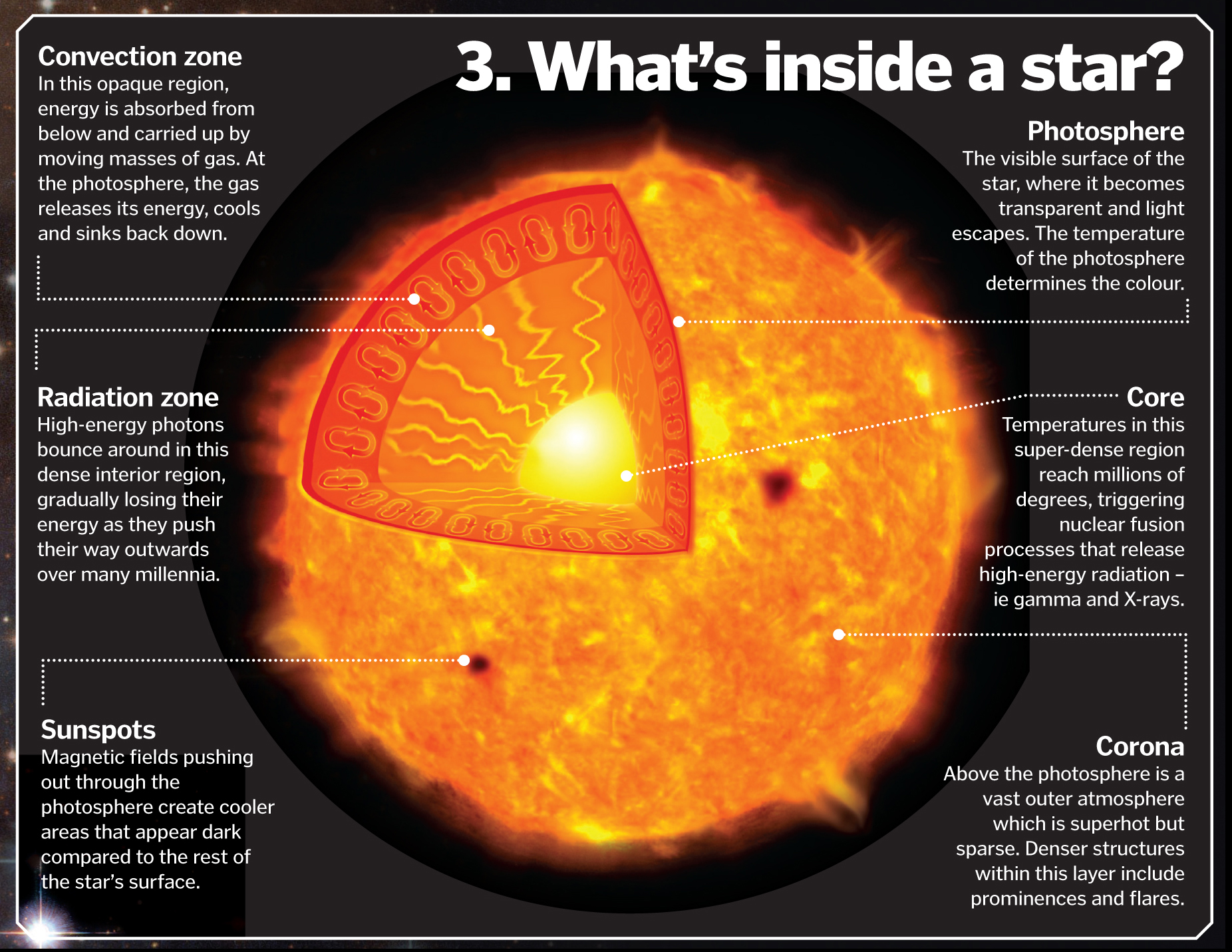
20 amazing facts about stars How It Works
This is what a star looks like up close through a telescope!If you like this one, we can go over planets, galaxies, and nebulae next. #shorts #telescope.

Close up view of the bright star cluster Messier 47 YouTube
The gigantic star RW Cephei mysteriously grew dimmer in recent years before brightening once more. Yet another star in our universe has been caught acting strangely. On Monday (Jan. 8.
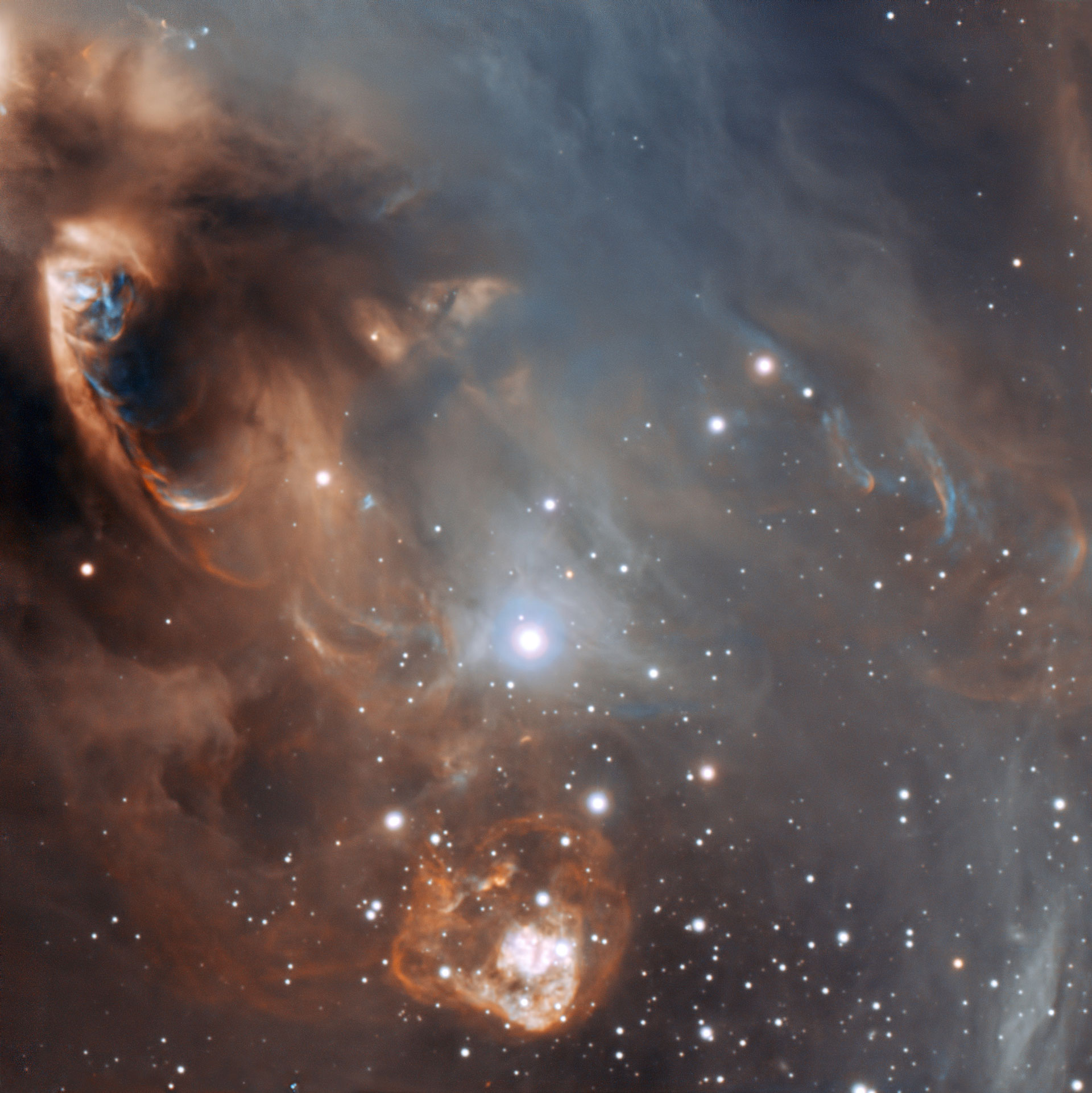
View Some of the Best Images of Stars Ever Captured by the ESO
What Do Stars Look Like Up Close? A Closer Look At Stars In The Galaxy Stars can be described as massive celestial bodies, often bright, moving heavenly features from afar. According to researchers, stars are mostly made up of Hydrogen and Helium, and these produce light and heat from the nuclear forces residing in their cores.

What Does A Star Look Like
Eleanor Imster January 30, 2018 The different colors on the star's surface correspond to varying temperatures. A star doesn't have the same surface temperature throughout, and its surface.
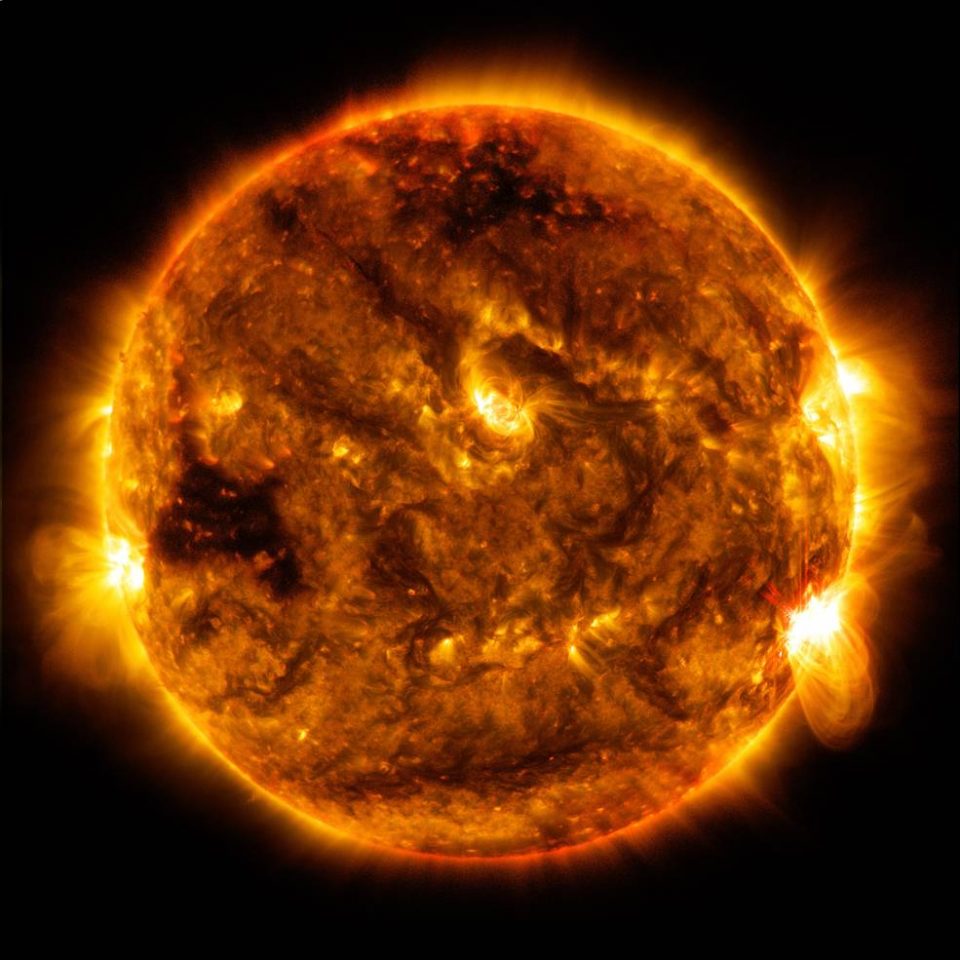
What Do Stars Look Like Up Close? Little Passports
Introduction Birth Life Death Stars Astronomers estimate that the universe could contain up to one septillion stars - which in numbers is 1,000,000,000,000,000,000,000,000. Our Milky Way alone contains more than 100 billion, including our most well-studied star, the Sun.

What is a star? Space
The Gist: When we look up at the stars, we aren't seeing close-up details because they're so far away. To the unaided eye, stars look like tiny pinpricks of light in the night sky..
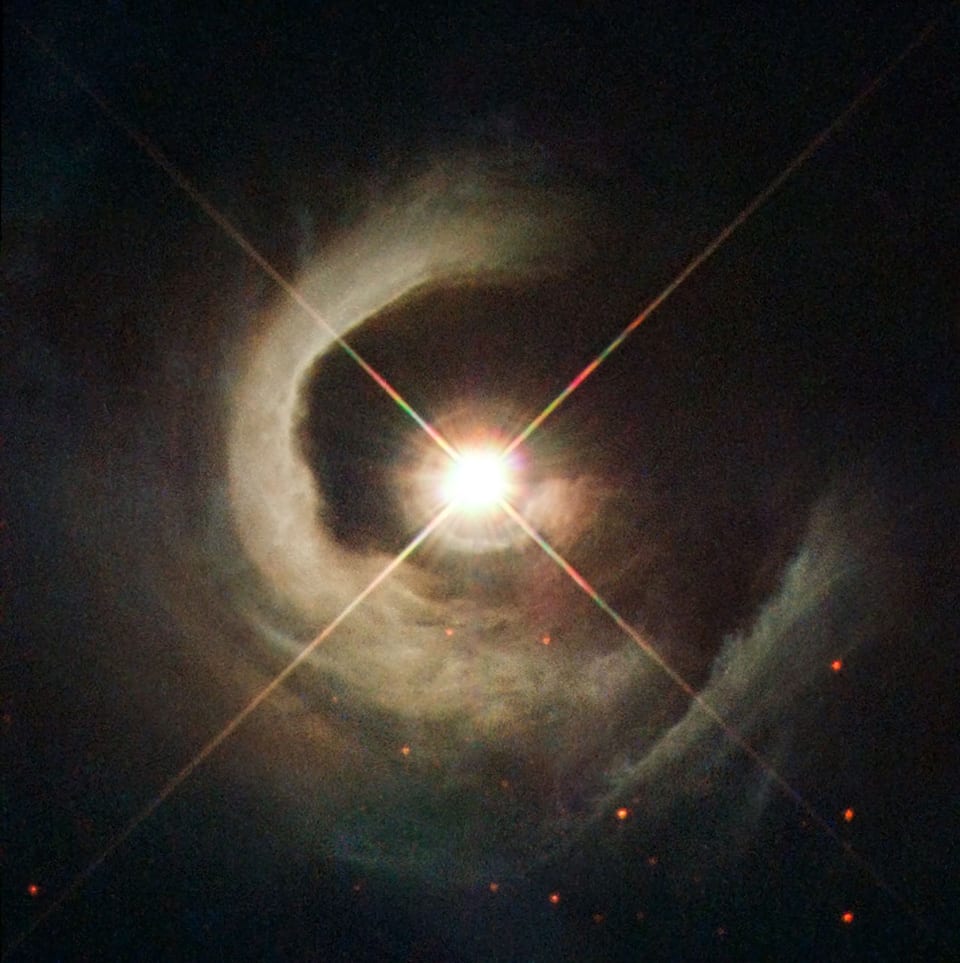
The Big Picture A young star poses for its closeup
What do stars look like up close? - BBC Sky at Night Magazine What does a star really look like, and how do astronomers know?

LOOK This Is What The Birth Of A Star Looks Like Hubble Images, Hubble
What do stars look like up close? Up close, stars resemble a huge ball of bright light in the middle, surrounded by dispersed lights and a rim of colored lights. Some stars are larger than others; others are smaller. Some are hotter (thus bluish-white), while others are colder and may look yellow, orange, or red.

Closeup view of the star HD 85512 ESO
The James Webb Telescope Just Took a Truly Incredible Photo of Uranus. JWST has done it again. Recently, the team behind the James Webb Telescope released its new images of Uranus, the seventh planet from our Sun. And they're stunning. Uranus has been an oddball for a lot longer than we've been looking at it. Most uniquely, the multi-ringed.

Hubble Telescope Reveals What 200 Billion Stars Look Like (Photos) Space
What Do Stars Look Like Up Close? Up close, stars look like enormous balls of brightly glowing gas, shrouded in wispy trails of glowing smoke. Imagine a huge smoky balloon with a popcorn-like texture, lit from inside, that steams and spins and occasionally burps up streams of fire.

Amazing!!! Up Close Stars an Beyond! YouTube
Tips There are other remnants of stars like neutron stars and white dwarf stars that are very dim, as they have lost much of their energy through their stellar life cycle. Some star remnants don't emit light - they trap it. These are black holes, the leftovers of hot, giant stars that have exploded as supernovae. Stars Are Different Sizes

Explainer What are stars?
The whole ball is shrouded in these tails of bright light. The center has an almost popcorn-like texture. Imagine a huge balloon of light with this bumpy texture that every so often expels these fierce streams of fire. That is what you can expect to see if you were really close to a star. Stars can also vary in color.
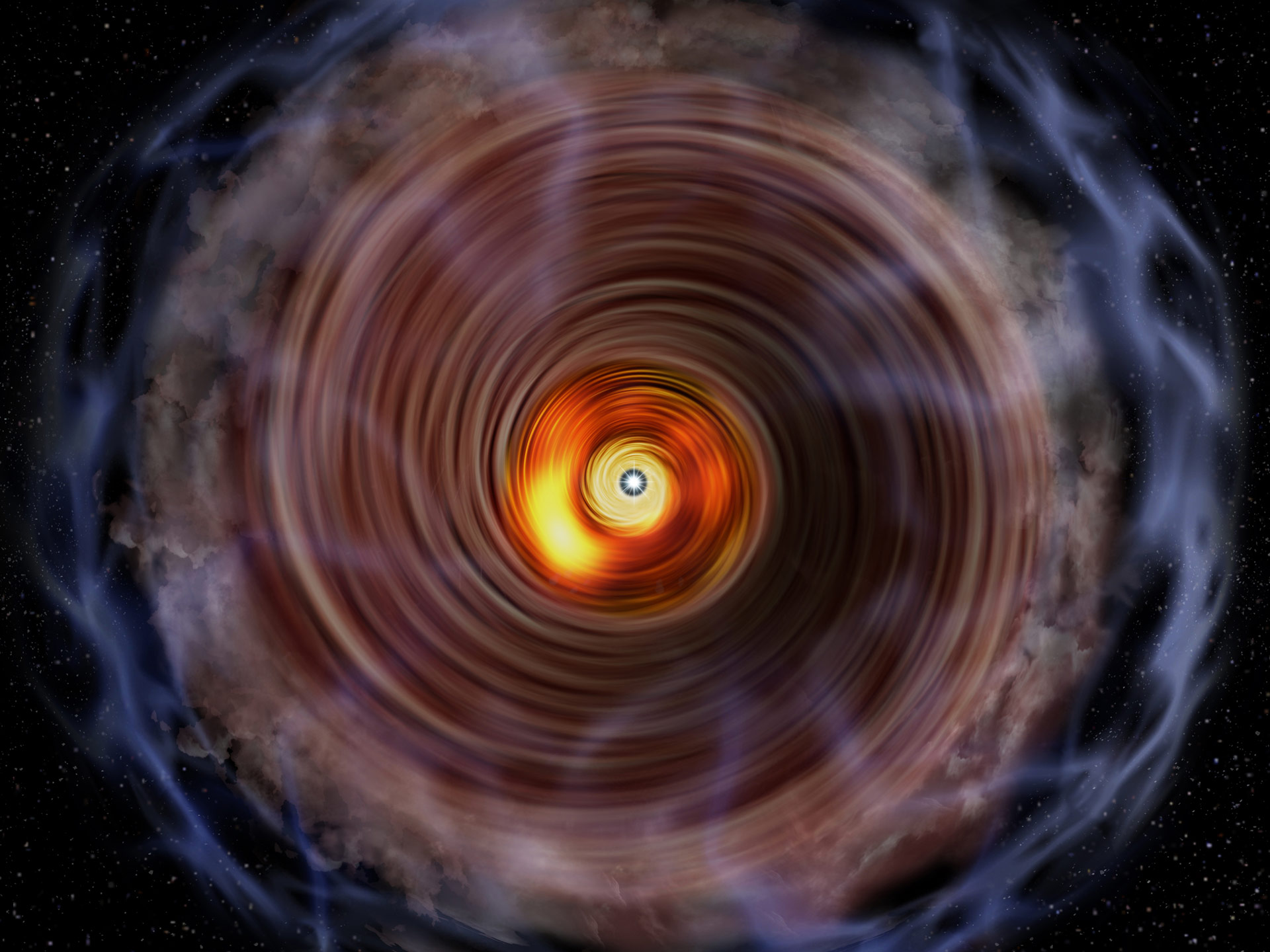
ALMA Provides First Bird’sEye View of Massive Star Growth
The star π1 Gruis is a red giant, a dying star swollen to hundreds of times the size of the Sun. The blue star next to it is π2 Gruis, an unrelated star much closer to us (the haloes and spikes are artifacts of the telescope and camera). You can also see a much more distant galaxy IC 5201 in the background on the right. Photo: DSS / STScI / NASA